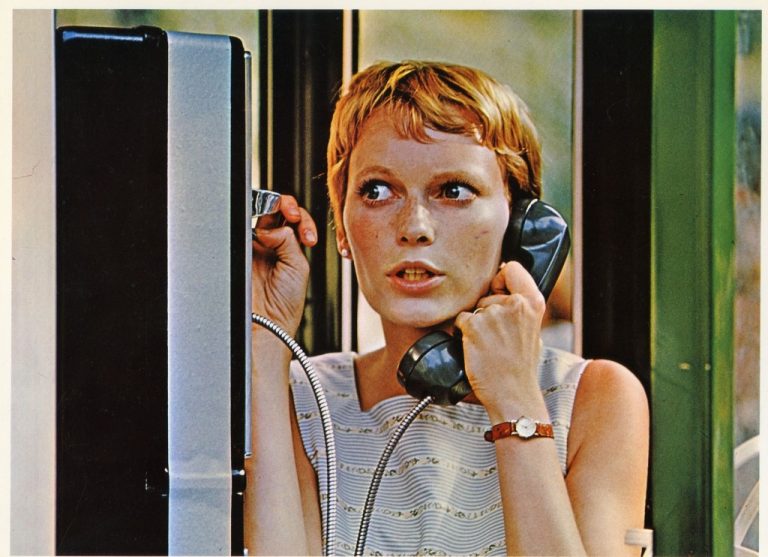It was 2007, and a director named S.S. Rajamouli, who was working at Telugu cinema, was experimenting with his innovations on the big screen. The result was a fantasy drama with the God of Death (Yama) and a spirit in hell at the center, a show of breathtaking visual effects in the Jr. NTR-starred Yamadonga.
When he created Magadheera in 2009 and Eega/Naan Ee in 2012, it was clear that he had been hankering after a deep sense of reconciliation to create something spectacular, a complete visual gratification experience. Until then, Rajamouli’s filmography consisted of movies that fit the definition of action-packed comedies sprinkled with emotionally manipulating drama to make the audiences root for the protagonists, even when they are morally ambiguous.
Also Read, Baahubali (2015): A Flawed and Cheesy Epic Saga
Vikramarkudu was remade in Tamil, with Karthi’s Siruthai, and in Hindu, Rowdy Rathore starring Akshay Kumar. Buster Keaton’s “Our Hospitality,” which Roger Ebert considered as Keaton’s first masterpiece, was adapted as Maryada Ramanna in Telugu, under Rajamouli’s direction and was then remade into Son of Sardar, starring Ajay Devgn, and to many other regional languages.
While these films of Rajamouli were savored in the regional areas and received well for a short period, they didn’t aim for an epic status until Magadheera arrived, starring Ram Charan. Magadheera brought richness to the silver screen with meticulous efforts, from designing delightful visuals to choosing the perfect cast. And with Eega/Naan Ee, Rajamouli has outdone himself, bringing the lavishness to the big screen once again. The phenomenal visual effects, utterly defined, left the audience accepting the credibility of a fly’s role in the revenge plot.
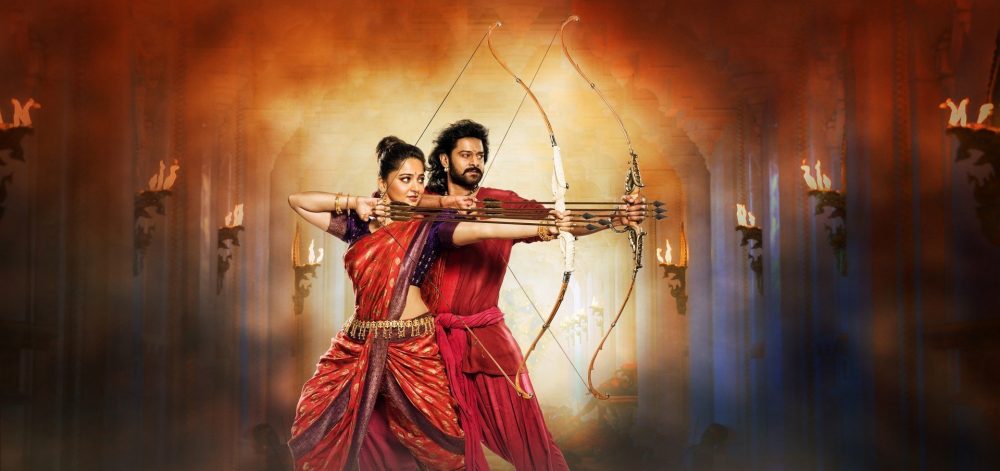
When the news on Baahubali’s development hit cinema lovers, expectations were undoubtedly high. It was clear that Rajamouli had been priming himself for that moment and had proven on many occasions that he could make something that could gratify any appetite for entertainment. Baahubali, the name, has been lingering in Indian cinema ever since.
It is the name that has been constantly reverberating in our ears since its arrival to Indian cinema in 2015. Had there not been a film franchise like this before, with a budget of 4.3 billion rupees? A resounding No!
When the “Baahubali – The Beginning” trailer was released four years ago, no one anticipated it would create this startling buzz. It became the talk of the town, even among the people who don’t follow movies every day.
S.S. Rajamouli was the name on everyone’s lips at the time. His previous works, like “Magadheera” and “Eega,” had excited his fans to expect something in Baahubali that they hadn’t seen before on the big screen. And when the big day came, Baahubali didn’t fail to fulfill its promises. Its stunning visual effects and spellbinding narration amazed the audience and tied them to their seats.
This uninhibited experience of watching films exhilarated the viewers, allowing them to see such a work of art, where one’s imagination was translated to the big screen with the utmost precision. And when the news about a prospective sequel reached the audiences, they left the people in trepidation. The sequel, “Baahubali-The Conclusion,” was released in 2017, and for those two years, Baahubali had dominantly occupied the talk on every social platform, with the most discussed topic being “Why Did Kattappa kill Baahubali?”
When a film like Baahubali, a fictional period drama, dazzles audiences after they are commonly served with guileless films as dull as a bland meal, they are left with an irresistible urge to delve into its plot and analyze the film-making. They want to get into the Director’s headspace and look for his inspiration. They want to dissect the storyline to know what makes the film so sophisticated.
When Director Rajamouli let the fans know that Ramayana and Mahabharatha, the two great epics of India, inspired Baahubali, it genuinely struck the audience with an infectious enthusiasm to see the magic come alive on screen. The visual effects manage to parallel the Hollywood standards in the VFX works. Beyond the eye-catching graphics, though, Baahubali has very little to offer regarding plot.
If one wants to explain Baahubali’s plot badly, it is about a toxic sibling rivalry. It is about a brother who loses his life because the elder one wants to deprive the younger brother of his happiness and because his mother and wife don’t get along. It is no longer crushing when such a story is infused with ornamental magnificence.
Baahubali 2: The Conclusion had the most incredible opening in the history of Indian cinema, more than a filmmaker could ever ask for. Its magnificence and grandeur left the audience dumbfounded once again. The graphic effects were outstanding enough for Baahubali to break its record. Even in the digital age, even in the age of piracy, Baahubali brought audiences in mass to the cinemas. It meant that the film set its standard to provide the sight of pleasure that the audiences had been craving and to have them enjoy the grandeur in its entirety.

If we try to look beyond its plot, apart from Baahubali’s visual treatment, the result disappoints. The humongous effort in its techniques and development constantly covers up the weak plot it relies on. Here is where the plot wobbles. Devasena, a resilient woman who endures an agonizing life, rarely flinches in her character, but it feels like she gives in too soon with nothing to offer. The pain of her story barely scars us.
Remember the character Broomhilda from Tarantino’s Django Unchained? We see her confined to a cage for a few minutes and how those few minutes came as a bombshell. Ballaladeva, the jealous brother consumed by his inferiority complex, never wavers, even when his brother Baahubali trusts him and puts his life in his arms. He stays the same till his end. His character is nearly crafted to resemble Duryodhana from the epic Mahabharatha and Ravana from the epic Ramayana. The former is jealous of his cousins, the Pandavas, who are being fed the animosity by his devious uncle, Shakuni, who, here, is Ballaladeva’s father.
Ballaladeva doesn’t waver in his determination. He wants the title of King and his little brother out of this world. Just as Ravana captivates Sita in the epic, Devasena is the captive here. Rajamouli doesn’t just paint her as the forgiving Sita, but also describes her as the furious Draupadi, who declares war to make the enemy pay the price.
Must-Read: The Reincarnation of Indian Cinema
With its myriad of characters, the tale doesn’t want to explore much complexity and stays predictable. In the beginning, Sivagami seems to be an intense character who would likely carry the weight in the story, but in the conclusion, her character development frustrates us. We thought she was the Bhishma of the tale, but she just turned out to be Gandhari, who blindfolded herself to the injustice. Avanthika, portrayed as a fearsome warrior in the beginning, is reduced to less than a backdrop in the conclusion. Her character arcs to be Shikhandi in Mahabharatha, who is born to become a warrior. Still, her character is suffused in the end with elements meant to project her ladylike virtues.
Baahubali turns out to be a film in which the men in the story prove their machismo and use the women characters as mere catalysts in the process. Sivagami is just another mother-in-law who has issues with her daughter-in-law, Devasena.
Baahubali, a Desi touch in disguise, manages to keep the audience elated, despite the predictable story which is perceived as the magnum opus. Baahubali’s unforeseen success covers its insubstantial plot. As such, is questionable whether this movie deserves the label “Magnum Opus”.
This colossal success set a trend in Indian cinema, in which a film doesn’t have to identify itself as anything more than a big-budget film. The distributors and the general audiences are allowed to form an opinion on a film based on its branding. Syeera, Saaho, and many more are upcoming films lined up in this list and are going to be just another light show.
Filmmakers have started to find innovative ways to bring massive crowds to theatres. Shankar’s Rajini starred 2.0 in 3-D is one such movie that gathered the crowd it expected. However, mere branding and the wide-reaching promotion of a film shouldn’t make it a success unless it leaves a sense of fulfillment with the audience.
When various filmmakers want to follow the footsteps of Rajamouli and infuse their films with magnificence and grandeur, they often fail to base them on a solid plot to tread upon, which results in many actors glorifying films. These widely promoted films with vague plots, which follow Baahubali’s trend, quickly get their word of mouth and slots in cinemas, while the minimalist movies struggle for clout among them.
Lenin Bharathi’s “Merku Thodarchi Malai,” Chezhiyan’s “To Let,” and many more are just a few examples of movies that break the ceiling. A film like Super 30, a biographical drama, doesn’t require a hero like Hrithik Roshan to justify its plot. But the situation here is that no matter how heart-wrenching a story could be if one wants to reach mass audiences in Indian Cinema, it is assessed only by its star values and extravagance.

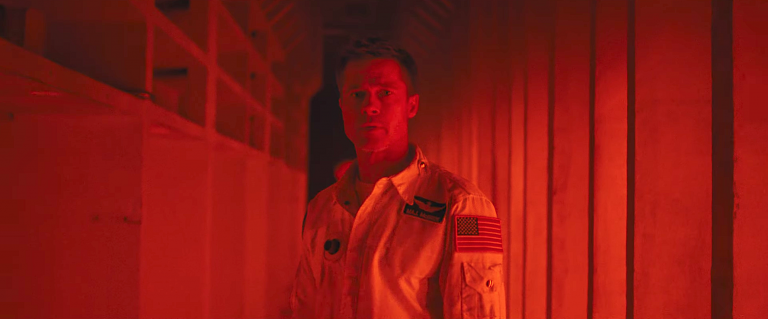

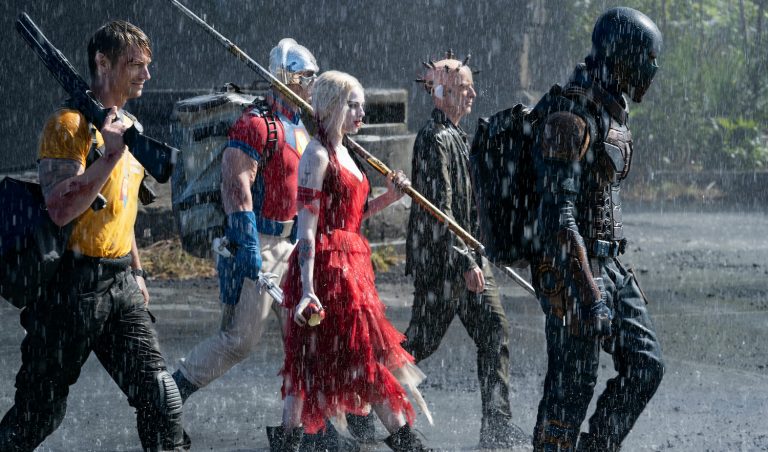
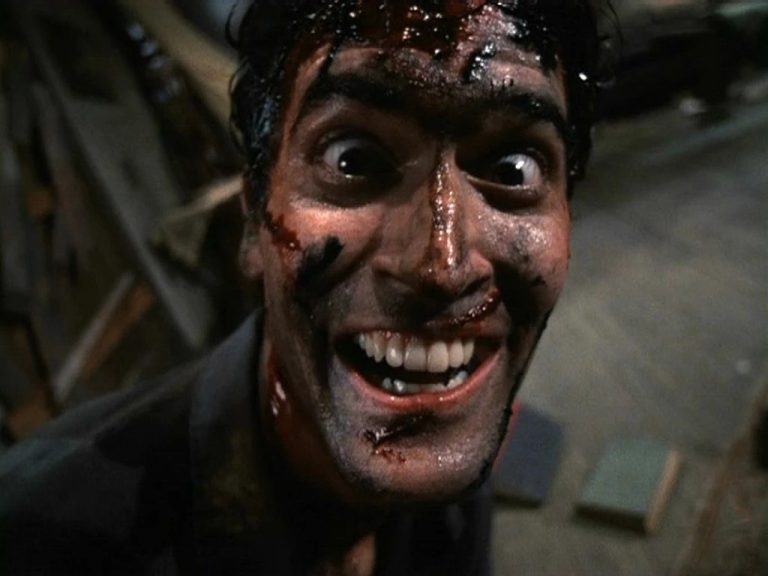
![The Seen and Unseen (Sekala Niskala) [2017]: ‘TIFF’ Review](https://79468c92.delivery.rocketcdn.me/wp-content/uploads/2017/09/TSAU-12-lowres-hof-768x322.jpg)
